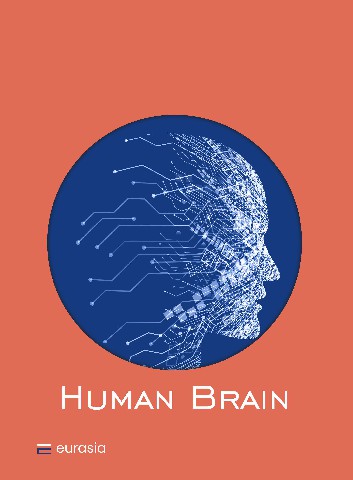Peng Liu, Yan Chen, Xu Zhang, Chao Ma
Painful diabetic neuropathy (PDN), a prevalent complication of diabetes, has become a significant public health concern. It is characterized by nerve damage induced by chronic hyperglycemia, leading to pain, tingling, and numbness, predominantly in the hands and feet. This review comprehensively explores the neural mechanisms underlying PDN, emphasizing the dorsal root ganglion (DRG) as a central hub for pain initiation and transmission. In the periphery, dysregulated pathways in the DRG, including ion channel dysfunction, mitochondrial abnormalities, impaired glucose metabolism, and inflammatory disturbances, contribute to the hyperexcitability of nociceptors and the amplification of pain signals. In the central nervous system, PDN is characterized by structural and functional changes in the spinal dorsal horn and higher brain centers, leading to central sensitization and altered pain processing. The review also highlights the role of epigenetic regulation and emerging insights from single-cell RNA sequencing in understanding PDN. By integrating these peripheral and central mechanisms, future research can focus on developing targeted therapies and multimodal treatment strategies to improve patient outcomes.
